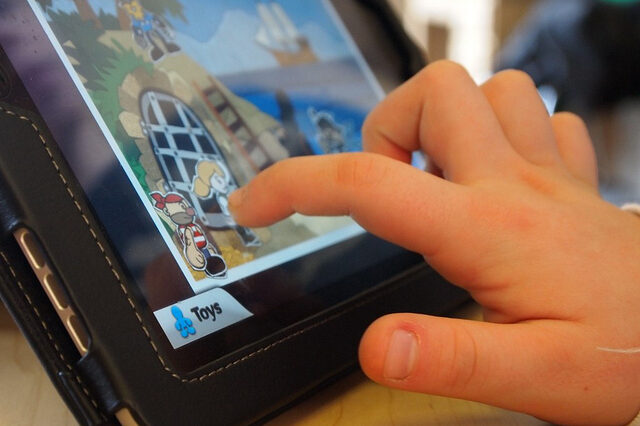Category: Child Safety
News
- Articles from Policy & Internet
- Books
- Call for Papers
- Child Safety
- Collective Action
- Conferences
- Democracy
- Development
- Economics
- Education
- Environment
- Ethics
- Governance & Security
- Health
- Interviews
- Mapping
- Methods
- Policy
- Politics & Government
- Publications
- Social Data Science
- Submissions Closed
- Tools
- Video
- Wellbeing
-

How and why is children’s digital data being harvested?
—
It’s time to refocus on our responsibilities to children before they are eclipsed by the commercial…
-

Evidence on the extent of harms experienced by children as a result of online risks: implications for policy and research
If we only undertake research on the nature or extent of risk, then it’s difficult…
-

How effective is online blocking of illegal child sexual content?
Combating child pornography and child abuse is a universal and legitimate concern. With regard to…
-

Uncovering the structure of online child exploitation networks
Despite large investments of law enforcement resources, online child exploitation is nowhere near under control,…

